If you’ve ever been that person in the pedicure chair making excuses about their “funny-looking” toenail, you’re not alone. When a foot issue comes up, it can be difficult to know the best way to handle it — especially since seeing a doctor usually comes with a hefty price tag. So many of us just ignore foot ailments for far too long, until even our local pedicurist has to reluctantly say something and turn us away. But when that happens, where should you go? Your primary care doctor? Urgent care? It’s confusing.
These days, there are actually foot specialists and pedicurists who go beyond buffing, filing, and choosing your favorite polish color. Medical pedicures have been trending on social media, and if you’re a fan of “gross” before-and-after videos, it’s easy to see why these videos get hundreds of thousands of likes and comments. Medical pedicurists can tackle issues such as hangnails, infections, calluses, ingrown toenails, and even nail discoloration over time. They’re a great option for people who need extra care.
So how do you know if and when you need a medical pedicure? Here’s everything you need to know about the treatment and how it can help your feet feel great again.
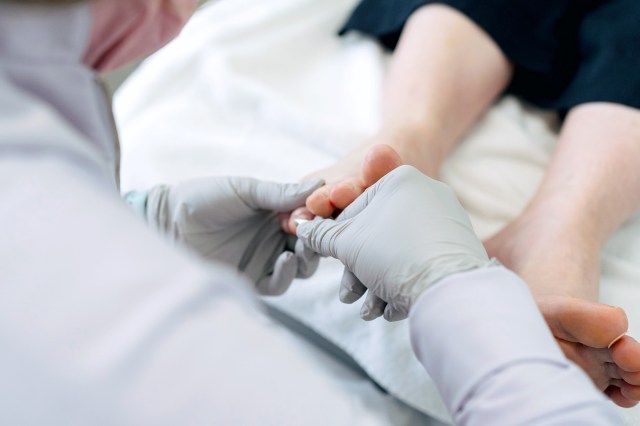
What Is a Medical Pedicure?
“A medical pedicure, also known as a medi-pedi, is a professional foot care treatment performed by a medical pedicurist,” explains Marcela Correra, licensed medical nail technician and founder and CEO of Medi Pedi NYC. “Unlike a regular pedicure, which focuses on cosmetic aspects like nail trimming, shaping, and polishing, a medical pedicure involves a deep cleaning of the toenails and soles of the feet.”
Correra notes that a medical pedicure will typically take around 45 minutes, but will depend on what’s being treated. If you have larger issues that require extra attention, the appointment will likely go longer.
In each appointment, “the medical nail technician will assess and address any ailments such as ingrown toenails, nail fungus, calluses, corns, and athlete's foot, and provide diabetic foot care if needed,” Correra says. “The emphasis is on the health of the feet, not just making them look good.”
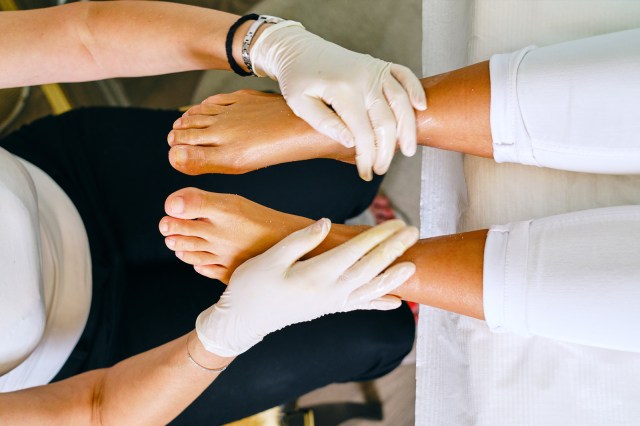
Who Needs a Medical Pedicure?
“You should consider getting a medical pedicure if you have specific foot issues such as stubborn calluses, corns, nail fungus, ingrown toenails, or athlete's foot. It is also beneficial for individuals needing diabetic foot care, [a specialized treatment],” Correra advises. However, if you suspect you have an active infection, Correra says that it’s best to see a podiatrist who can also prescribe antibiotics and other healing ointments before you head in for a medi-pedi. In general, “medical pedicures can also be used for preventive care,” Correra adds, “with maintenance recommended every six to eight weeks.”
If you just want an overall foot health screening, getting a medical pedicure can be a great place to start. Not only will you get nail shaping, treatment, callous-buffing, and more, but your medical pedicurist can also point out potential concerns and troubleshoot any foot ailments that can cause you pain and discomfort in the future, such as bunions. It costs more than a regular pedicure, often up to $200, but check with your insurance to see if it will provide any coverage.
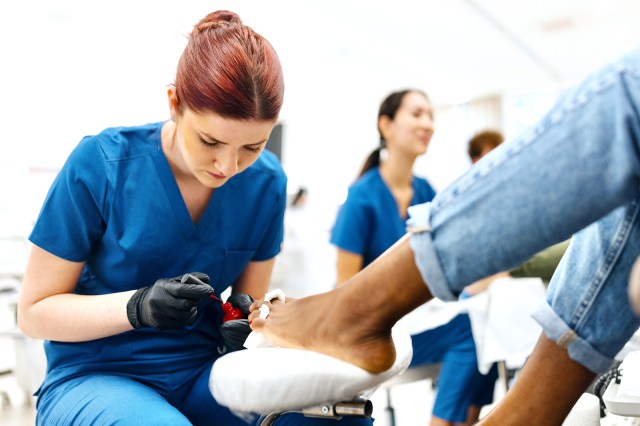
Do Medical Pedicures Include Nail Polish?
Getting your nails painted is one of the best parts of a pedicure, but it’s not always included in a medi-pedi. It depends on which professional you see and what services are offered at the medical pedicurist’s location. At Medi Pedi NYC, they do not offer nail polish treatments because their main goal is to get your bare feet to look as good as possible without covering anything up. If you’re going to a medical pedicurist to target conditions such as nail yellowing, they might also suggest taking a break from nail polish as you continue with treatment over time.
This article is for general informational purposes only.
Affiliate Disclaimer Medical Disclaimer



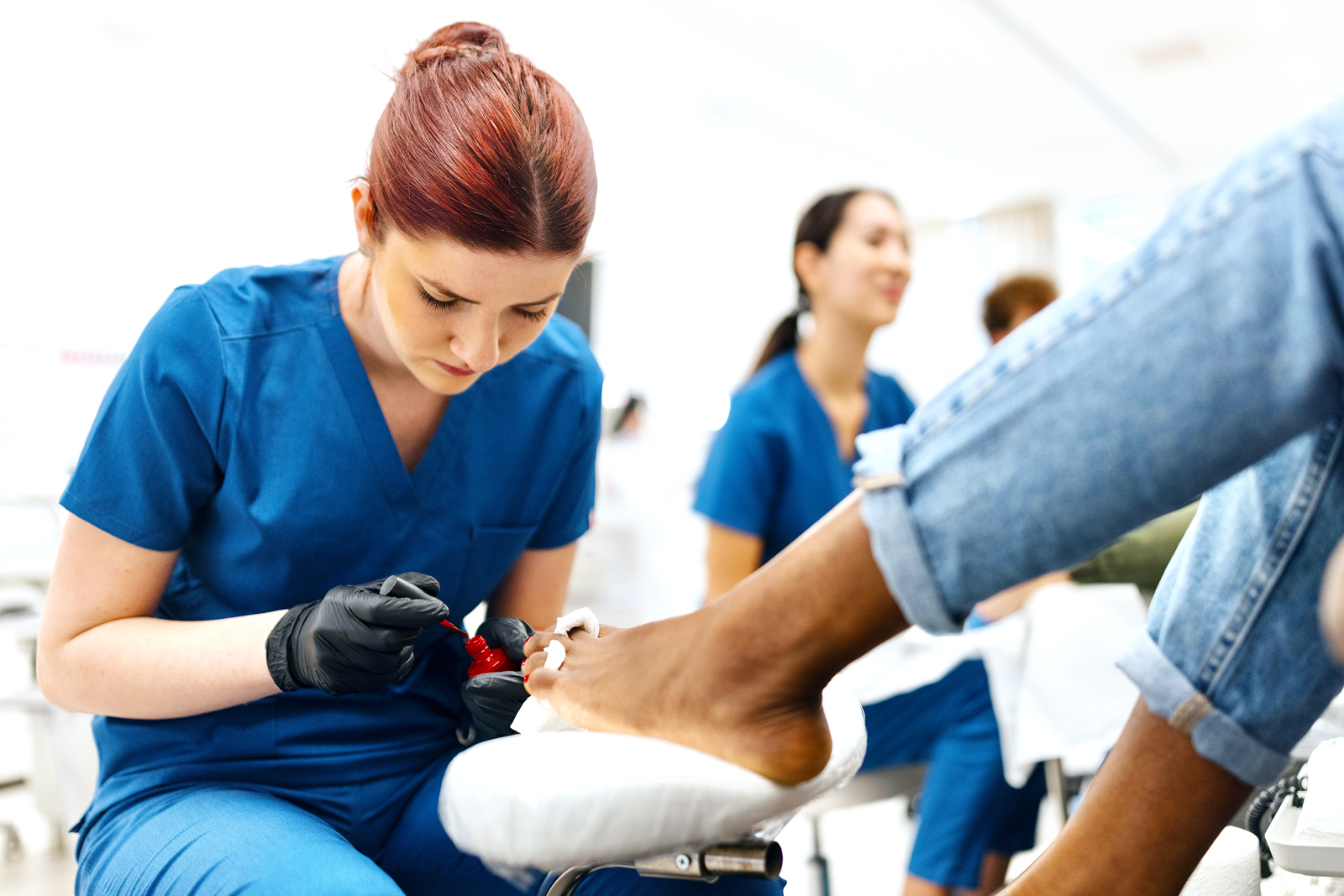


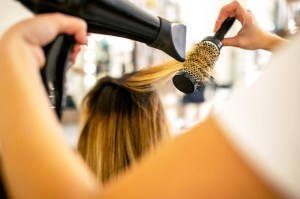





 Unique Beauty is free for all users.
Unique Beauty is free for all users.